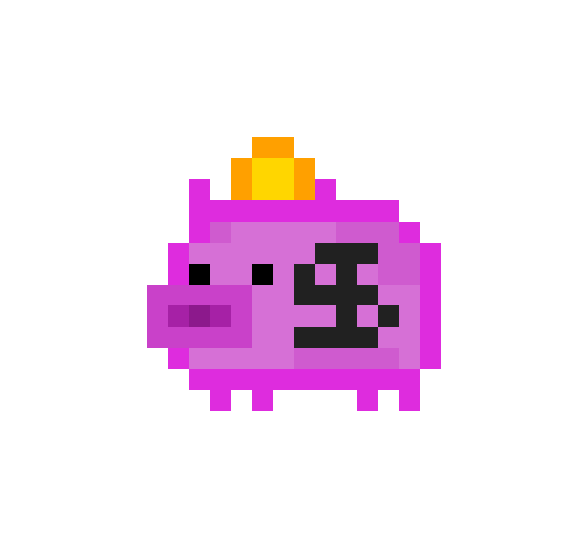

Creating random terrains and 2D levels involves various algorithms. In this post, I'll explore using a Random Walk generation approach.
What is a Random Walk Generation Algorithm?
A random walk generation algorithm is a mathematical formula that determines the next location for element placement. Imagine a walker moving on a grid, taking random steps (up, down, left, or right) at each turn. This algorithm replicates that movement to create a path or fill an area.
Example: Random Walk Equation
Here's a simplified example of the random walk equation in two dimensions (X and Y):
(Xn+1, Yn+1) = (Xn, Yn) + (ϵx, ϵy)
Let's break down the equation:
- (Xn+1, Yn+1): Represents the position (POS) after n+1 steps in 2D space (X, Y coordinates).
- (Xn, Yn): Represents the position (POS) after n steps.
- (ϵx, ϵy): Represents the random values, which can be (-1, -1), (-1, 0), (-1, 1), (0, -1), and so on, indicating the direction of the step.
With each step, the walker moves to the new calculated square and repeats the process, generating a random path.
Preventing Overlapping Steps
To ensure the walker doesn't occupy the same space twice, we can check if a square is already filled before placing something there. If it's empty, we proceed with generation.
Example of Random Walk in Action

How Did We Texture the Tiles?
Assigning textures to the tiles involved examining the surrounding tiles of the initial tile. Based on this information, we generated a code that represented the tile's configuration. This code was then matched against a database to determine the appropriate texture.

The generated code might look something like this, depending on the tile's position relative to its neighbors:
-0b1111 (all sides connected)
-0b10100000 (top and bottom connected)
-0b10000110 (right and bottom connected)
-0b0101 (top and left connected)
This code is then used to set the tile's texture in the tilemap.
Code Snippet (Example):
if (code == wallFullCode) {
tile = wallFull;
}
(Note: This is a simplified representation. The actual code might involve a lookup table or a more complex logic depending on your implementation.)
Conclusion
Random walk generation is a useful technique for creating interesting and varied dungeon terrains. If you have any further questions, feel free to check out my YouTube channel, where I'll be uploading a devlog on this topic soon!
YouTube ChannelThank you for reading!
